The great royal wife of Pharaoh Akhenaten, her role as a power broker

introduction:Nefertiti
Nefertiti was one of the most famous and beautiful queens in Ancient Egypt. However, her significance extended far beyond her beauty. As the Great Royal Wife of Pharaoh Akhenaten during Egypt’s 18th dynasty, Nefertiti played a pivotal political and cultural role that helped shape the course of Egyptian history. While she is often remembered for her exquisite portrayals in artifacts like the famous bust from Berlin’s Egyptian Museum, Nefertiti possessed intelligence, ambition, and leadership abilities that established her as a highly influential woman during her time.
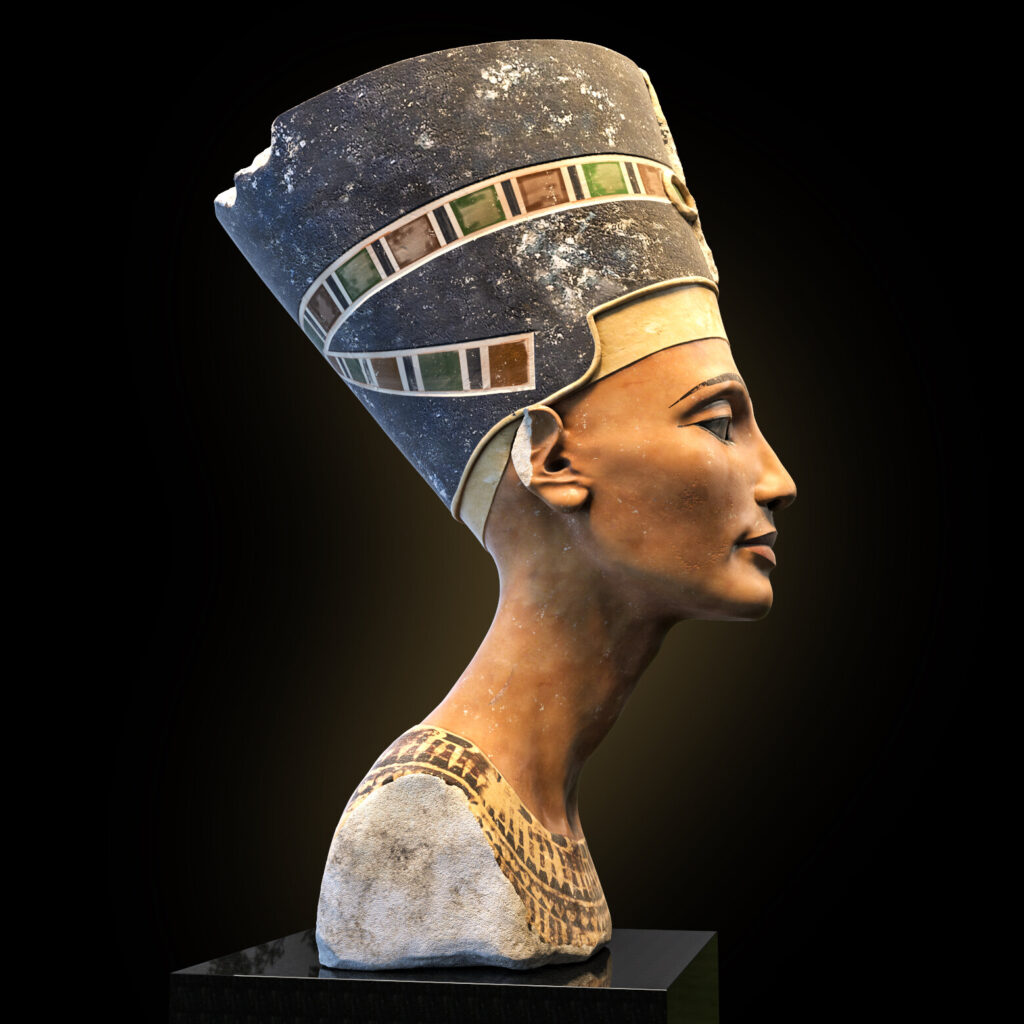
Political Power and Influence As queen, Nefertiti

As queen, she held immense informal power and wielded substantial authority alongside her husband Akhenaten. Many historians believe she played an advisory role that went beyond tradition for Egyptian royal wives. During Akhenaten’s sole reign over Egypt from around 1353 to 1336 BC, he devoted himself almost exclusively to advancing the cult of the sun god Aten, establishing a new capital city at Amarna, and instituting major religious reforms. This radical transition away from Egypt’s long-established polytheistic traditions required well-coordinated efforts.
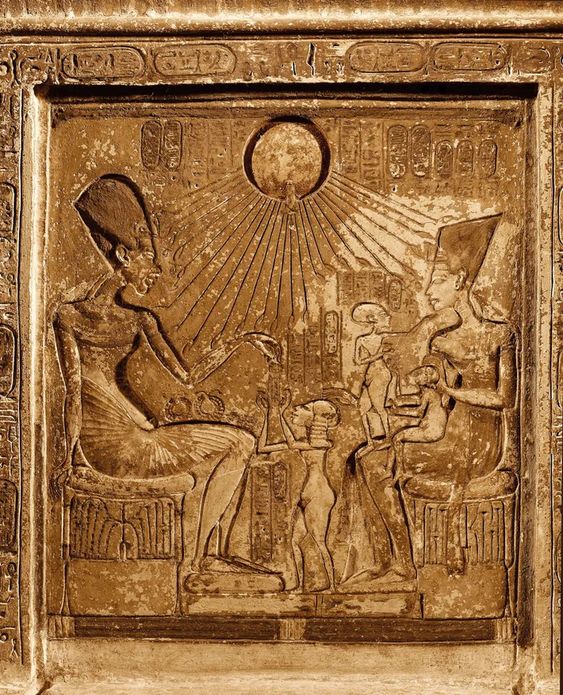
likely assisted Akhenaten in managing governmental duties and promoting the new Atheist faith across the two Lands. Numerous queenly titles suggest she was involved in royal proceedings, administration, and foreign diplomacy. Some texts even refer to her as “his majesty,” a designation usually reserved for kings. The queen had her own deposits of public funds and temples across Egypt dedicated to her worship as a living goddess. While Akhenaten monopolized depictions of Aten, he frequently appeared alongside Nefertiti as co-regent, illustrating her elevation to unprecedented status for the Egyptian queen ship.

Without documented evidence of succession, some scholars argue potentially assumed the throne herself briefly after Akhenaten’s death. Her monuments and portraits disappeared from Amarna suddenly, leading to theories she ruled under the phenomena “Ankhkheperure Neferneferuaten.” This hypothesis positions as one of Egypt’s pioneering female pharaohs, on par with later greats like Hatshepsut and Twosret. Whether she reigned officially or not, Nefertiti indisputably wielded tremendous power as the dominant female authority and shaker of Egypt’s mid-fourteenth-century religious revolution.
Cultural Transformer

In addition to political duties, contributed extensively to cultural developments during Amarna’s revolutionary period. She helped establish new norms of royal family representation that presented the king and queen as equals partnered in governance. Depictions portray Akhenaten seated intimately on thrones, holding hands or exchanging affection – a level of tender intimacy previously unseen in Pharaonic art.
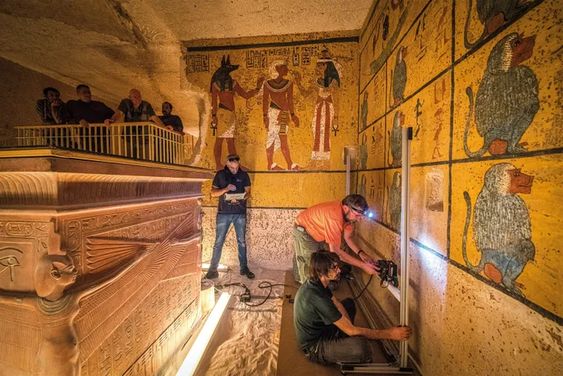
Nefertiti maintained her own sculptors and artists who crafted innovative works focused on the queen’s beauty and dignity. Several famous masterpieces survive, including the celebrated Nefertiti Bust currently housed in Berlin’s Neues Museum. Known for her poise, strength, and elegance, epitomized the new feminine ideal promoted at Amarna. She embodied the sensual, youthful characteristics Akhenaten desired as he crafted a more androgynous communal worship of Aten’s generative power and light.
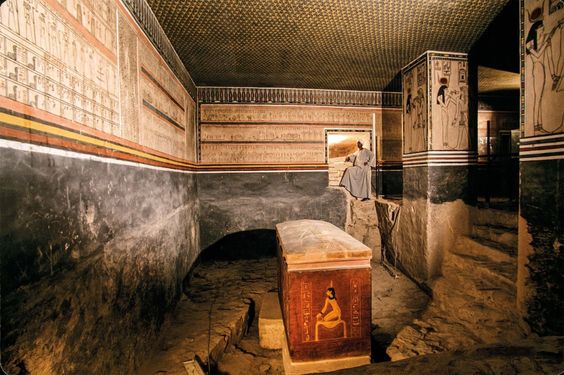
The Amarna Letters uncover Nefertiti traveling with Akhenaten’s court on royal progress to inspect the construction of new temples. Through her influence, cities across Egypt absorbed architectural and artistic styles influenced by the royal family’s revolutionary tastes. Nefertiti’s presence disseminated cultural changes endorsed by the crown. After Akhenaten’s death, some elements of Amarna culture persisted under Horemheb and Ra messes I as Egyptian religion reestablished orthodoxy.
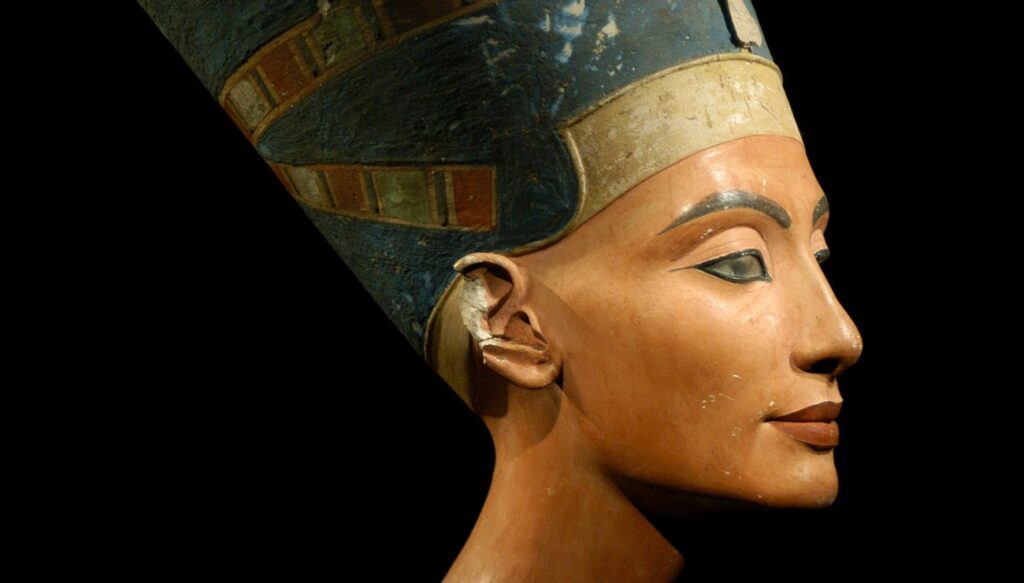
So while conventional artistic renditions emphasized beauty fitting an Egyptian queen, she functioned as an active agent of reshaping art, thought, and social mores during one of Egypt’s most transformative dynasties. Her mark endured beyond her lifetime, cementing among history’s trailblazing female leaders who shaped not just politics but entire worldviews.

Breaking Traditional Gender Norms
Rising to co-regent status beside Akhenaten, breached long-held assumptions about appropriate roles for Egyptian royal women. Previous queens exercised soft power through motherhood, domestic spheres, and ritual duties – not shared governance. Nefertiti emboldened future female monarchs like Hatshepsut to claim Pharaonic titles as kingly rulers in their own right.
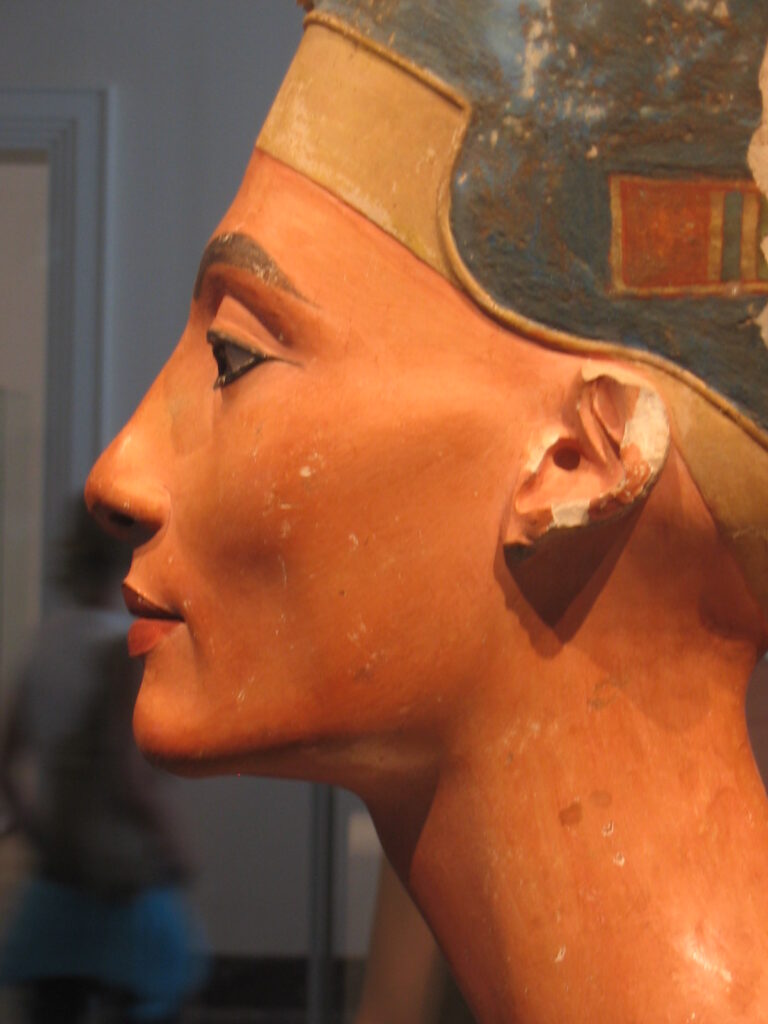
She commanded deep reverence from officials and commoners alike as “the Great Royal Wife,” demonstrating a queen’s ability to inspire fervent loyalty on par with pharaohs. Nefertiti directly interacted with foreign diplomats and decided on petitions alongside Akhenaten, becoming an accessible figurehead of state. No longer restricted to palaces or temples, traveled freely with Akhenaten’s processions – greatly expanding the queenly scope of influence traditionally experienced indoors.

Later queens like Nefertari and Cleopatra VII asserted public identities as independent actors on Egypt’s grand stage. But Nefertiti pioneered the model of a queen elevated beyond domestic functions to assume authority comparable to a pharaoh in both attitude and actual practice. As a woman wielding immense diplomatic, ideological, and administrative authority, Nefertiti transformed expectations of what royal females might achieve in Egyptian society and government. Her example enabled successive queens to push gender boundaries even further.
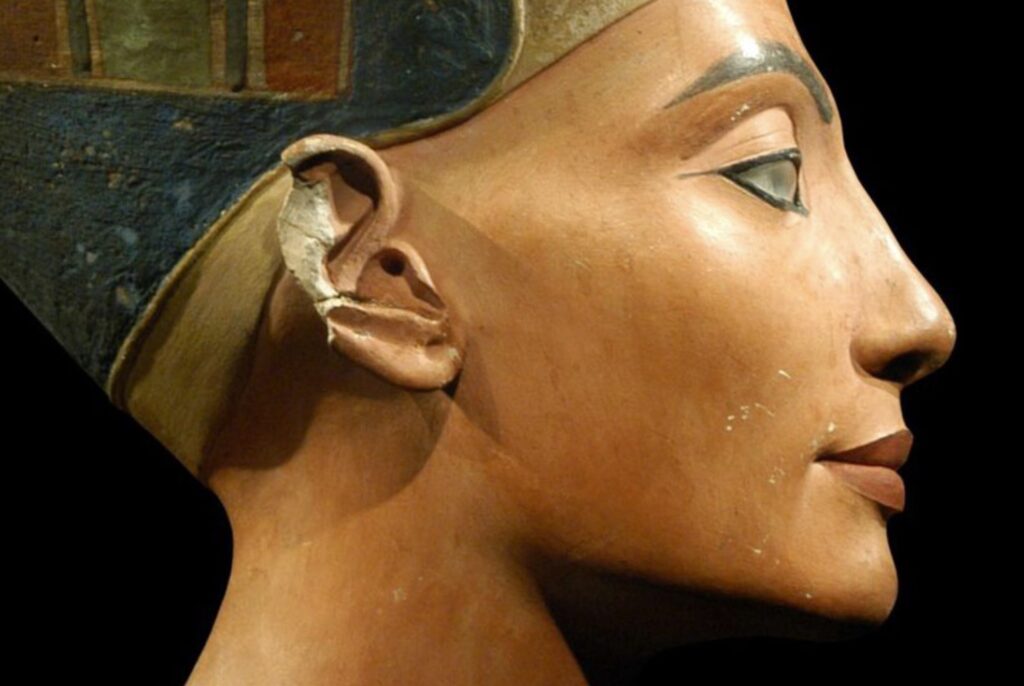
Icon of Feminine Beauty and Majesty
Beyond the substance of her accomplishments, it entered the popular imagination as a paradigm of aesthetic grace and regal charisma. Decades after her heyday, Nefertiti’s name continued conjuring associations with refinement, splendor, and magnificence befitting her station. As emphasis shifted from Akhenaten’s religious supremacy to reestablishing traditional gods, Nefertiti endured as one of antiquity’s most iconic women.
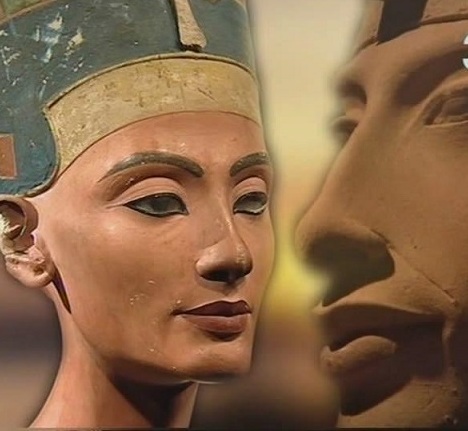
Whether due to opportunistic ideology or jealousy obfuscating her real influence, later dynasties downplayed Nefertiti’s accomplishments. Still, propagandistic artifacts and buildings bearing Nefertiti and Akhenaten’s names sustained their fame across Egypt. Her beauty and dignity resonated so profoundly, that surviving works attained status as fine art masterpieces cherished by cultures worldwide ever since their discovery.
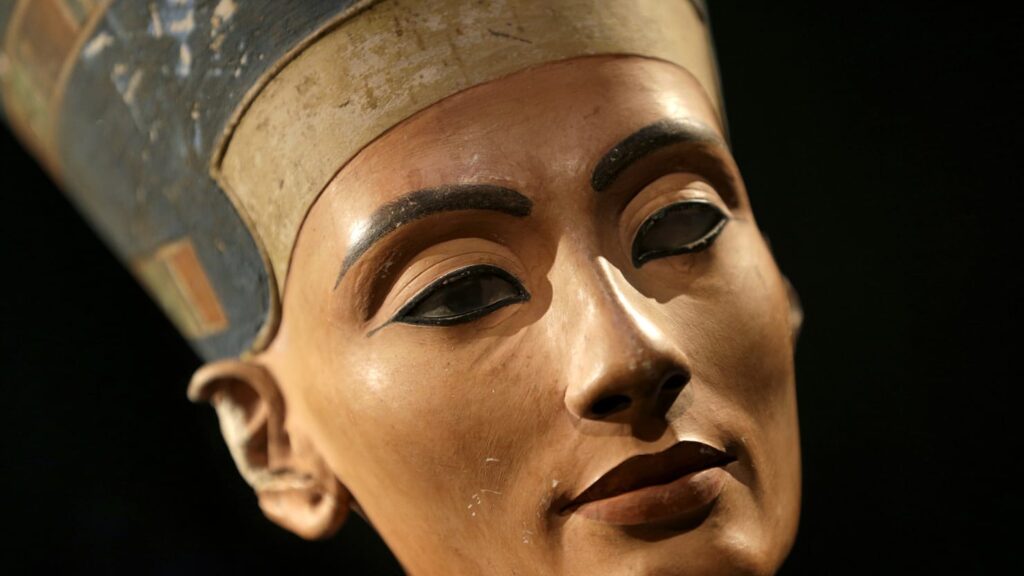
Today, Nefertiti stands as an immortalized paragon of womanhood. Over 3,300 years after living, Nefertiti’s legend endures through artifacts, literature, art, history books, and global popular fascination with her illustrious life breaking new ground. More than an aesthete, Nefertiti rose to accomplish unmatched feats that planted seeds enabling future female sovereigns. Her memory has endured through the ages as the elegant face of the first female co-regent who taught through courageous example that beauty possesses no intrinsic barriers against ambition, authority, or ability to transform societies.
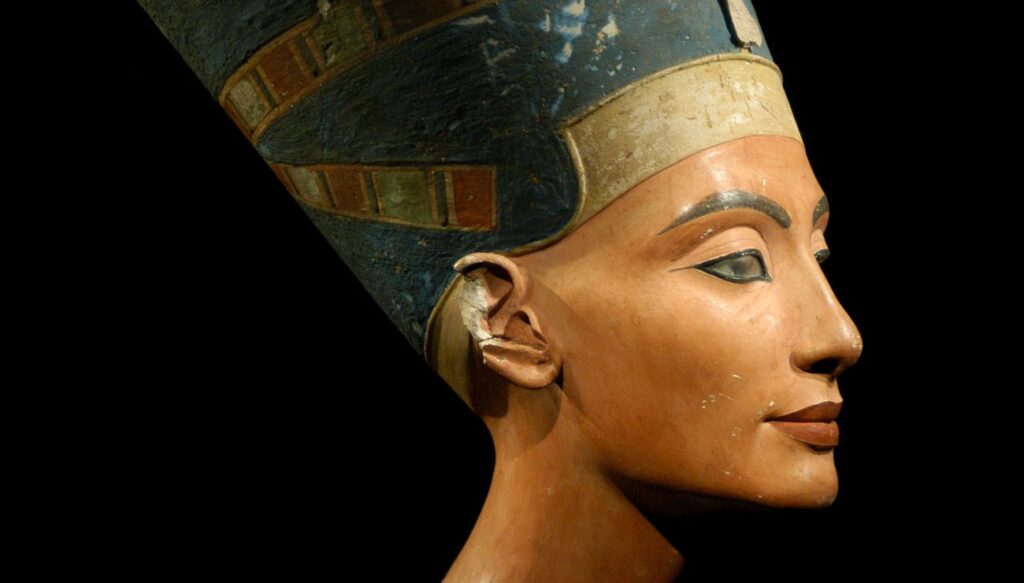
Conclusion
While ancient visual records lionized Nefertiti’s radiant appearance fitting a divine matriarch, her political acts rippling through Egypt for over a century demonstrate far greater substance. As a Great Royal Wife beside Akhenaten, a religious figurehead and visionary helping rewrite Egyptian gender roles, Nefertiti wielded unprecedented authority enabling monumental change. Her involvement in leading Amarna’s transformation left an indelible cultural mark advancing art and ideas, along with gender equality, into subsequent dynasties.
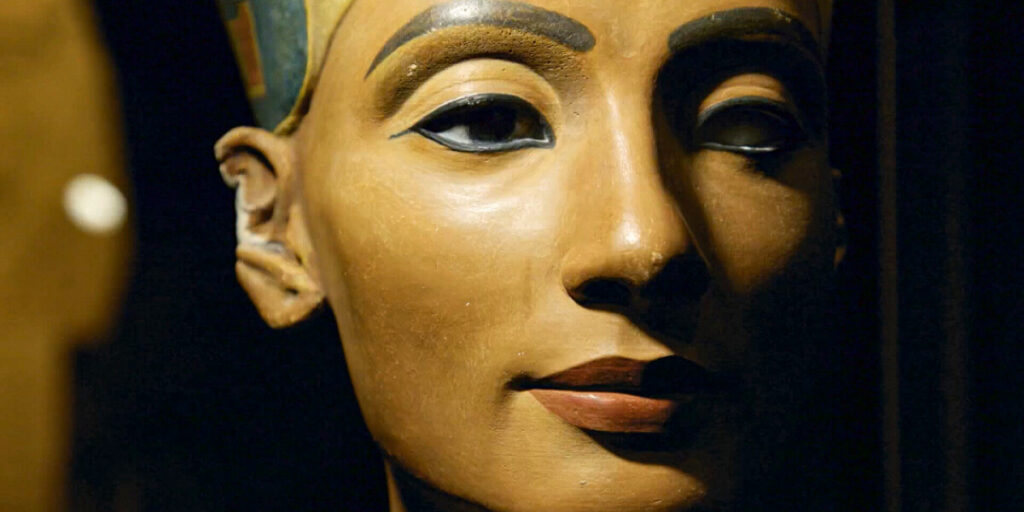
As one of few females to attain near-pharaonic power and visibility in male-dominated antiquity, Nefertiti merits recognition beyond superficial descriptors of loveliness. She worked diligently alongside Akhenaten as a co-ruler actively shaping foreign relations, statecraft, ideology, worship, and societal outlooks through a revolutionary period. Nefertiti broke constraints confining queens to domestic spheres, establishing herself instead as a commanding diplomat, adviser, patron, and charismatic symbol uniting Ancient Egypt’s visionary new order. Her mighty achievements exemplify that beauty need not preclude greatness, and her delicate appearance forms an inadequate lens for gauging this inspirational queen’s enduring influence.





Comment (0)